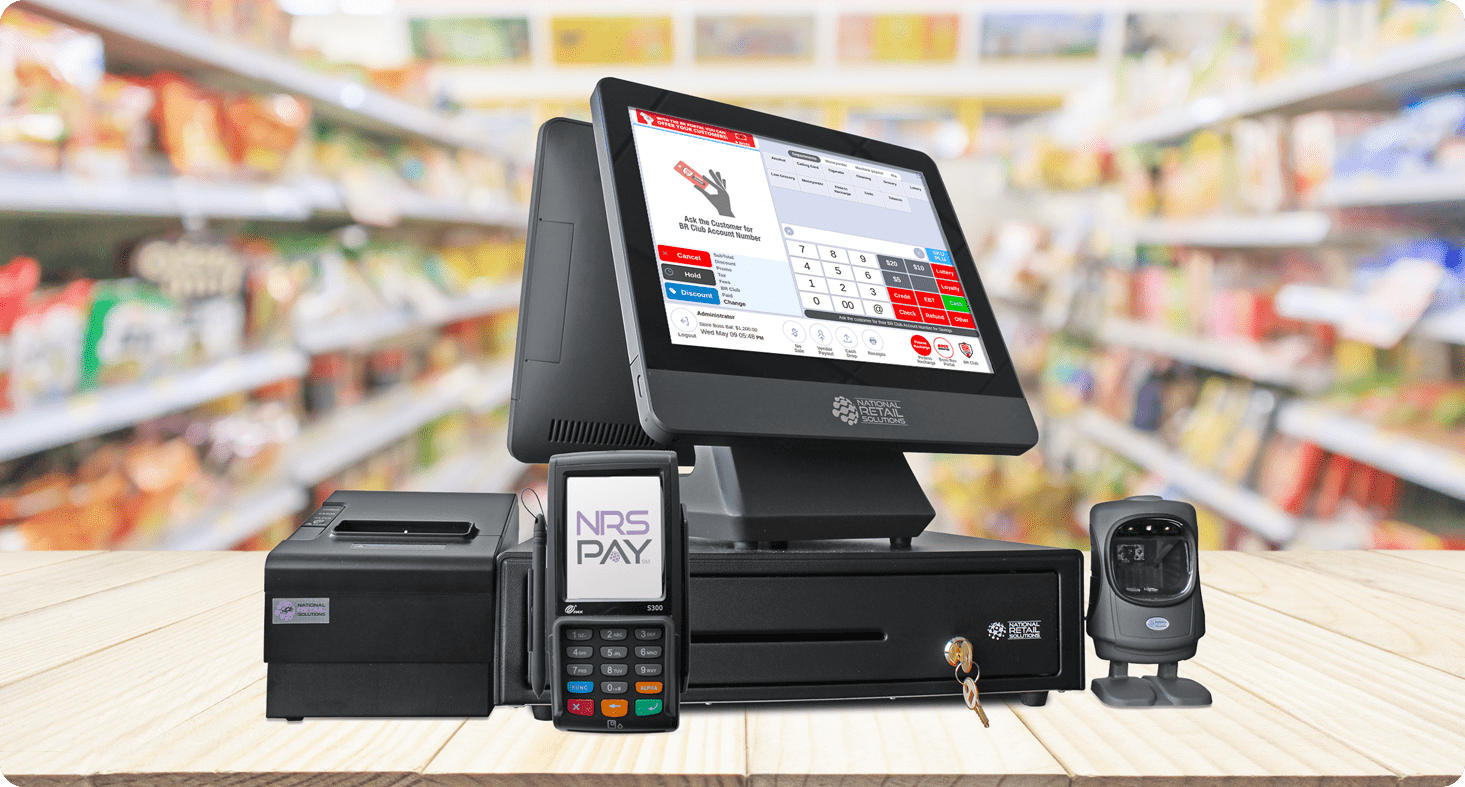The retail sector is an incredibly competitive one. This is the case, in virtually every country and regardless of the products sold.

According to The Centre for Retail Research, in the US, between 4,751 and 8,792 physical retail companies went bust, each year, from 2017 to 2020. Of course, CoVid did not help, but it is interesting to note that the highest number of closures took place in 2018. That was pre-pandemic.
So, it is fair to say that the retail industry is a competitive one. For a retailer to stand any chance of competing and remaining profitable, they need access to the best possible software and tools.
Point of Sale technology
Customers hate waiting in line. This is the case, even when they are not in a hurry. It is, therefore, essential, that any kind of retailer can serve their customers quickly.
That means investing in decent Point of Sale (PoS) equipment and software. The hardware needs to read the bar code quickly. Then the software needs to translate that into the price and create the payment event and be able to accept that payment as quickly as possible. Customers also need plenty of choice when it comes to how they pay. The system needs to be able to handle cash, cards, phone, and watch payments. In some parts of the world, customers will want to use a digital wallet.
Integrated and automated stock control
The PoS data must be compatible with the inventory control system. This is so important that most retailers use PoS software that keeps track of the stock sold and automatically adds items to the next order. Generally speaking, this is the best approach. If you do not do so there is the risk that either the PoS or the inventory software could be updated, at which point the two systems may no longer smoothly exchange information.
But retailers need to bear in mind that not all stock is going to go through the till. Some items will be broken or pilfered. This means that the shop floor will still have to be walked periodically to make sure that items that are low on stock have been reordered. When items are missing these will need to be entered into the system too. Therefore, any inventory package needs to make this as easy to do as possible. You can find out more about buying PoS and inventory software, by clicking here.
Responsive advertising tools
When a customer enters your store you have their attention in a way you don´t if they are on your website making a purchase. Their physical presence provides you with the chance to interact with them on a personal level and to share information with them. For example, details of a new service, loyalty card benefits, the latest products, and much more besides. All of this can easily be done using digital signage.
It is also the perfect way to share promotions with them. Modern digital signage software features include the ability to take images and turn them into stunning adverts that are every bit as good as those produced by printers. With the added advantage that it is 100% up to the retailer what their ads look like, what the pricing is, and which items they choose to advertise.
With the right digital signage software, it is possible to create a promotional image and display it to customers in less than 15 minutes. So, the moment it starts raining, a clothing and accessories retailer could quickly create a wet weather clothing promotion and display it to customers. If they have the kind of screens that can be set up as digital sandwich boards, they can potentially even use that advert to attract passersby into their store to buy an umbrella to keep them dry.
Accountancy and tax software
All retail businesses have complicated finances to manage. Money comes in constantly via the tills and maybe online sales. Also, sometimes there will be rental income from concessions who use space in the store.
At the same time money goes out of the business. Suppliers, contractors, utility companies, staff, and other parties all need to be paid. On a typical day, a retailer´s accounts system will handle hundreds, sometimes thousands, of individual transactions.
It is therefore vital to invest in a tried and tested system. One that charges customers the right taxes. Then, ensures that the right amount is passed on to the relevant authorities and makes it easy for the business to produce accurate tax returns. This guide will help you to narrow down the options should you ever need to buy this type of software.
Ease of use is vital
Regardless of what type of software you are buying for your retail business, it is important to make sure that it is easy to use. It is also wise to double-check that there is 24/7 support available before buying.
 Sections of this topic
Sections of this topic
















